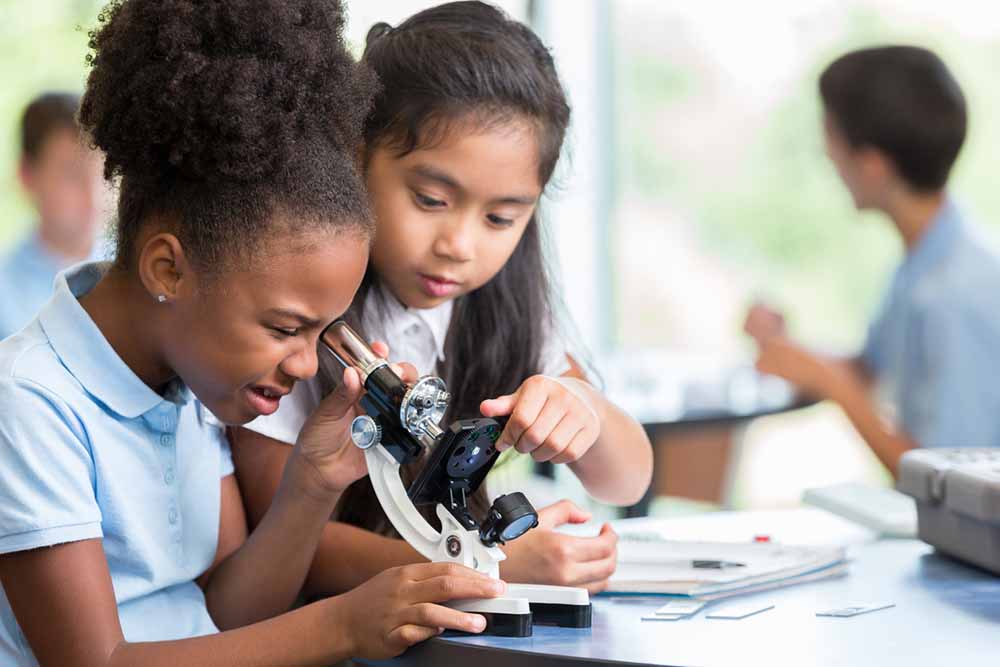Unlocking the potential of Women and Girls in Science for a more sustainable future
This year’s International Day of Women and Girls in Science, taking place on 11th February 2023, will focus on the role women and girls can play to help the UN reach its Sustainable Development Goals (SDGs). In doing so the UN aims to connect the International Community to Women and Girls in Science, strengthening the ties between science, policy, and society for strategies oriented towards the future. Gender equality and the empowerment of women and girls will make a crucial contribution not only to economic development of the world, but to progress across all the goals and targets of the 2030 Agenda for Sustainable Development, as well.
As the world faces a growing climate crisis, we need to bring all our best resources to find ways to mitigate impact and help us to change direction. Around the world, women and girls are leading the charge on climate change adaptation, mitigation, and response, to build a more sustainable future for us all. But this, and the scientific field as a whole, remains a deeply unequal field of work and study.
Women still only constitute 34% of the STEM workforce, while Latina, Black and Indigenous women represent less than 10%. This glaring disparity is not just a hindrance to our immediate climate response, it is a problem for the long-term development of societies as a whole, holding back critical advances across multiple aspects of employment, innovation, and the green economy. Involving more qualified women, as well as additional social identities, can enrich the creativity and insight of research projects and increase the rate of innovation.
Women and girls represent half of the world’s population and, therefore, also half of its potential. Gender equality, besides being a fundamental human right, is essential to achieve peaceful societies, with full human potential and sustainable development. “Without more women in STEM (science, technology, engineering and mathematics), the world will continue to be designed by and for men, and the potential of girls and women will remain untapped”, the Secretary-General of the UN, António Guterres remarked. Their presence is also critical in achieving the Sustainable Development Goals (SDGs), to close gender pay gaps and boost women’s earnings by $299 billion over the next ten years, according to the UN chief.
We are already seeing that more diverse companies are often more successful. For example, at the World Economic Forum in January 2020, Goldman Sachs’ CEO David Solomon told CNBC that the investment bank would no longer be taking companies in the USA and Europe public unless the company had at least one “diverse” board member, with a focus on women. Citing Goldman Sachs’ data, he added that companies with at least one diverse board member had seen a 44% jump in their average share price within a year of going public, compared to 13% for those with no diverse board members.
To continue this positive change, we must eliminate gender stereotypes in education; put in place policies to attract and support women scientists in the workforce; and implement quotas to ensure a greater proportion of research grants are awarded to women-led teams or teams that include women. There will need to be strong leadership and investment to improve their access to education in technical and STEM subjects and careers at all levels of the education system, including vocational education and training.
Driving innovation is central to the ethos of Minesoft, a patent solutions provider for the Intellectual Property industry. Sifting through a mountain of science and technology data is daunting, hence, Minesoft is proving to be an essential resource for innovative companies and academic institutions to help harness the power of patents for a more sustainable future. Find out more at www.minesoft.com.

